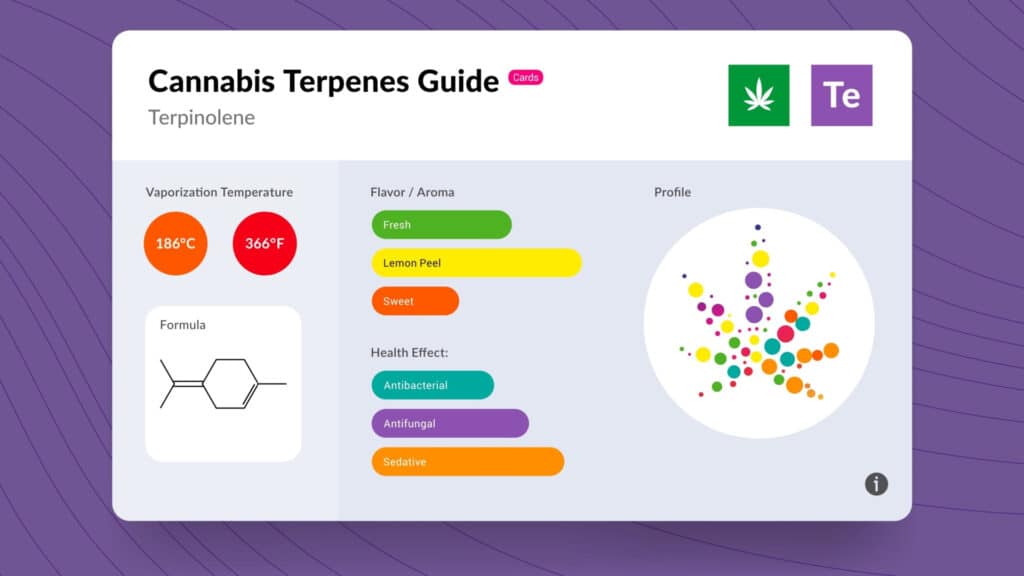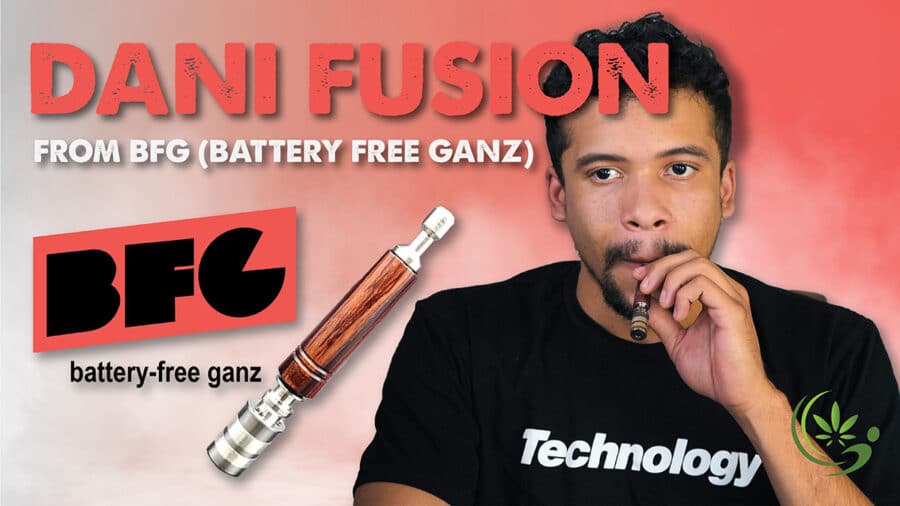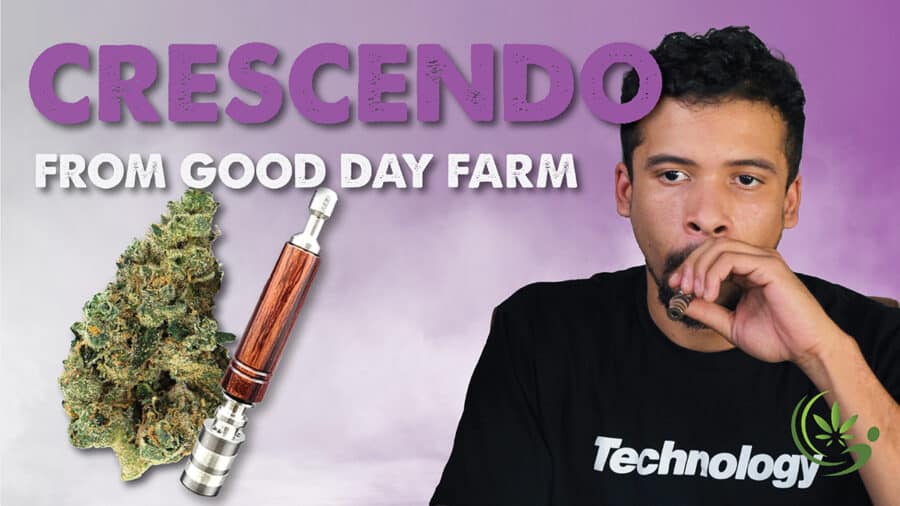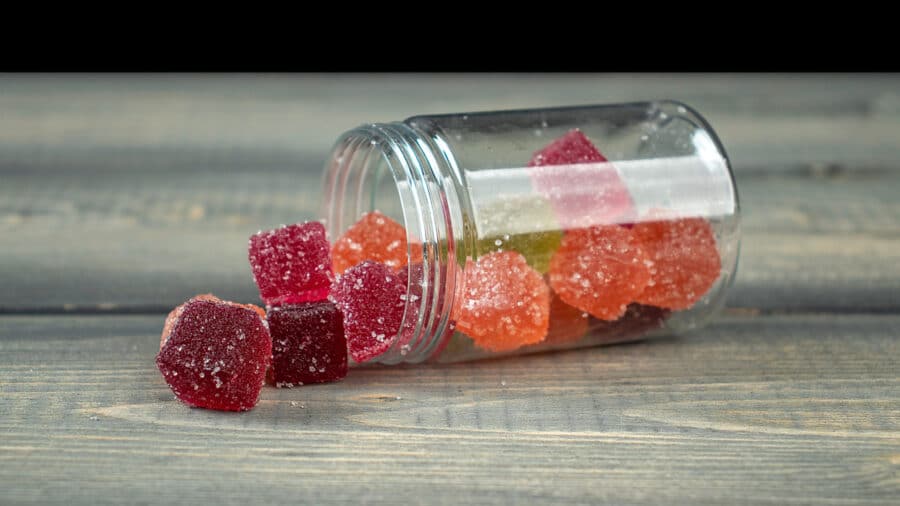Terpene Talk: Terpinolene
Terpinolene might not be the star of the show, but it’s a huge part of what makes the whole work

Let’s hear it for the underdogs! I’m talking about the first, second, and third bananas in the bunch. They’re never in the spotlight, but there they are, always dutifully propping up the main characters. The main plot is never about them, and if they weren’t thrown a line once in a while, you might even forget they were there at all – but if they weren’t there, it would feel like something was missing. They might not be the stars of the show, but they’re a huge part of what makes the whole just work.
That’s the part terpinolene plays. It’s found in many cannabis strains, but typically only in small amounts. Terpinolene is like a spray of Baby’s Breath in a complex bouquet; it’s there in sparse amounts but helps to round out the aroma and flavor profiles of different strains, while enhancing the effects of more abundant key players like pinene and linalool.
Similar to Baby’s Breath, you might not know what the heck it is, but you’ve definitely had contact with it before. Terpinolene is a terpene, which is part of a family of organic plant compounds composed mainly of hydrocarbons – usually the main component of most naturally occurring resins.
Terpinolene has a floral, piney, herb-like scent, and can be found in lilac, nutmeg, sage, tea trees, apples, and conifer plants. The word “fresh” is commonly associated with terpinolene, and it’s commonly used as an additive in commercial soaps and perfumes. There’s even evidence to suggest this terpene has antifungal and antimicrobial properties, which has made terpinolene a popular preserving and flavoring agent for prepackaged foods.
Another study suggests terpinolene may be effective against brain tumors by acting as an antiproliferative agent, inhibiting tumorous cell growth. The results of the study determined terpinolene may be an effective anti-inflammatory, and defense against the oxidative damage associated with cancer.
What does all this mean in terms of cannabis strains? In addition to these commercial uses, terpinolene acts as a mild nervous system depressant. It’s a mildly to lightly effective sedative on its own, but as you already know, terpinolene doesn’t relish the spotlight; it’s much more effective when combined with other terpenes like linalool, which enhances its sedation capabilities.
You’re probably thinking “Oh a sedative, probably just indicas then” (big yawn for emphasis) – but surprise! You’d be totally wrong. Terpinolene is typically found in creativity inducing, depression-busting sativas like Super Lemon Haze, Jack Herer, Golden Goat, and Ghost Train Haze. People struggling with symptoms of depression, stress, chronic pain relief could find these strains incredibly helpful for their mood and energy boosting abilities. Sativa-leaning strains we’ve reviewed here at Cannabinthusiast include Lilac Diesel and Lemon Icing.
But if you struggle with anxiety, these strains might not be the best choice because the energizing effects can potentially send anxiety spiraling out of control. Sure, there are a handful of 50/50 hybrid strains like Golden Pineapple that feature terpinolene, and even the rare looks-like-a-sativa-but-it’s-actually-an-indica Dutch Treat is said to owe its distinctive earthy flavor in part to this team player terpene.
Due to its typically small concentration and role as “supportive background” to other, more prominent terpenes like pinene or myrcene, this isn’t necessarily one to go seeking out. Terpinolene is more like a person you keep bumping into at a party because you tend to go to the same kind of parties. You like chilling with them as part of the group, but hanging out one-on-one is a lot more work – especially with someone you can’t ever remember even having a real conversation with, and you know what? That’s okay, because every cast needs those background characters to keep the main plot moving. I’ll see you at the next party, man.







